An arm sling is typically made of lightweight, breathable fabric with an adjustable strap that goes around the neck and shoulder to hold the affected arm in place. Some slings include additional padding, thumb loops, or waist straps for enhanced comfort and support. The sling ensures that the arm remains in a resting position, preventing unnecessary movement that could worsen the injury.
Types of Arm Slings
- Standard Arm Sling – Supports minor injuries like sprains and strains.
- Shoulder Immobilizer Sling – Provides extra stability for shoulder dislocations, fractures, or post-surgical recovery.
- Elevated Sling – Keeps the hand positioned higher to reduce swelling, commonly used for wrist and hand injuries.
- Pediatric Arm Sling – Designed specifically for children with a secure and comfortable fit.
Key Features of an Arm Sling
✅ Provides Immobilization – Keeps the arm in place to prevent further injury
✅ Adjustable Straps – Ensures a secure and customizable fit
✅ Lightweight & Breathable Material – Enhances comfort for extended wear
✅ Thumb & Waist Support Loops – Offers additional stability
✅ Easy to Wear & Remove – Convenient design for daily use
Advantages of Using an Arm Sling
✔ Speeds Up Recovery – Supports healing by restricting movement
✔ Reduces Pain & Swelling – Keeps the injured arm in a proper position
✔ Prevents Further Injury – Protects the arm from accidental movement or bumps
✔ Supports Various Conditions – Useful for fractures, sprains, dislocations, and post-surgery care
✔ Lightweight & Comfortable – Designed for all-day wear without discomfort
When to Use an Arm Sling
🔹 Fractures & Sprains – Keeps bones aligned for proper healing
🔹 Shoulder Dislocation or Injury – Limits movement to prevent strain
🔹 Post-Surgical Recovery – Ensures the arm stays in the correct position after surgery
🔹 Tendon or Ligament Injuries – Provides support for soft tissue healing
🔹 Nerve Conditions – Used in cases of paralysis or nerve damage to support the arm
How to Wear an Arm Sling Correctly
- Position the Arm Properly – Place your forearm in the sling with the elbow at a 90-degree angle.
- Adjust the Strap – The strap should go around your neck and over the opposite shoulder to distribute weight evenly.
- Ensure a Snug Fit – The hand should be slightly elevated above the elbow to reduce swelling.
- Check for Comfort – Avoid tight straps that cause discomfort or excessive pressure on the neck.
Specifications
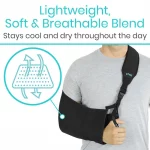
🔸 Material: Soft fabric, mesh, or neoprene for breathability
🔸 Size Options: Available in small, medium, large, and adjustable sizes
🔸 Strap Type: Single strap or dual-strap designs for added support
🔸 Closure System: Velcro, buckle, or clip fasteners for secure fitting
🔸 Weight: Lightweight for all-day wear
An arm sling is an essential medical device for providing stability, comfort, and protection to an injured arm, shoulder, or wrist. It helps speed up healing, prevents unnecessary movement, and ensures a safe recovery process. Whether recovering from a fracture, dislocation, or surgery, choosing the right arm sling can make a significant difference in overall comfort and recovery.
Frequently Asked Questions (FAQs)
1. What is an arm sling used for?
An arm sling is used to support and immobilize the arm after injuries like fractures, dislocations, sprains, or post-surgical recovery. It helps prevent unnecessary movement, reducing pain and promoting healing.
2. How do I know if I need an arm sling?
You may need an arm sling if you have:
✔ A fractured arm, wrist, or collarbone
✔ A shoulder dislocation or injury
✔ A sprain or strain that requires support
✔ Post-surgical care for arm or shoulder procedures
3. How do I wear an arm sling correctly?
- Place your injured arm inside the sling, ensuring your elbow is bent at a 90-degree angle.
- Adjust the strap to rest comfortably on your shoulder without pulling on your neck.
- Ensure your hand is slightly elevated above your elbow to reduce swelling.
- Secure the sling snugly but not too tight to allow proper circulation.
4. Can I sleep with an arm sling on?
Yes, if recommended by your doctor. To sleep comfortably:
✔ Use a pillow under your arm for extra support
✔ Wear loose clothing to avoid pressure on the injury
✔ Avoid sleeping on the injured side
5. How long should I wear an arm sling?
It depends on your injury. Minor sprains may require a few days to a week, while fractures or post-surgery recovery may need several weeks. Follow your doctor’s advice for proper duration.
6. Can I adjust the arm sling myself?
Yes! Most arm slings come with adjustable straps to customize the fit for comfort and support. Ensure the sling is neither too tight nor too loose.
7. Should my fingers be exposed when wearing an arm sling?
Yes, your fingers should be free and visible to ensure proper circulation. If your fingers become numb, swollen, or discolored, adjust the sling or consult your doctor.
8. Can I shower while wearing an arm sling?
It’s best to remove the sling while showering, unless advised otherwise. Keep the injured arm supported or use a waterproof cover to protect it.
9. Can I drive with an arm sling?
No, driving with an arm sling is not safe, as it limits arm movement and reaction time. Always wait until you’re cleared by a doctor.
10. Will an arm sling help with shoulder pain?
Yes, an arm sling reduces movement, which can help alleviate pain from shoulder injuries, tendonitis, or rotator cuff issues.
11. Can children use arm slings?
Yes, pediatric arm slings are designed specifically for children, providing a comfortable and secure fit.
12. How do I clean my arm sling?
✔ Fabric slings – Hand wash with mild soap and air dry
✔ Mesh slings – Wipe clean with a damp cloth
✔ Rigid supports – Follow the manufacturer’s cleaning instructions
13. What should I do if my arm sling is uncomfortable?
Try adjusting the strap length, padding, or position for a better fit. If discomfort persists, consult your doctor for an alternative support option.
14. Can I exercise while wearing an arm sling?
Avoid strenuous activities, but light movements (as advised by your doctor) may help prevent stiffness.
15. Where can I buy an arm sling?
You can find arm slings at medical supply stores, pharmacies, and online retailers. Choose a model that fits your needs and is comfortable for extended wear.
Looking for a high-quality arm sling? Explore our collection for the best options in comfort and support!

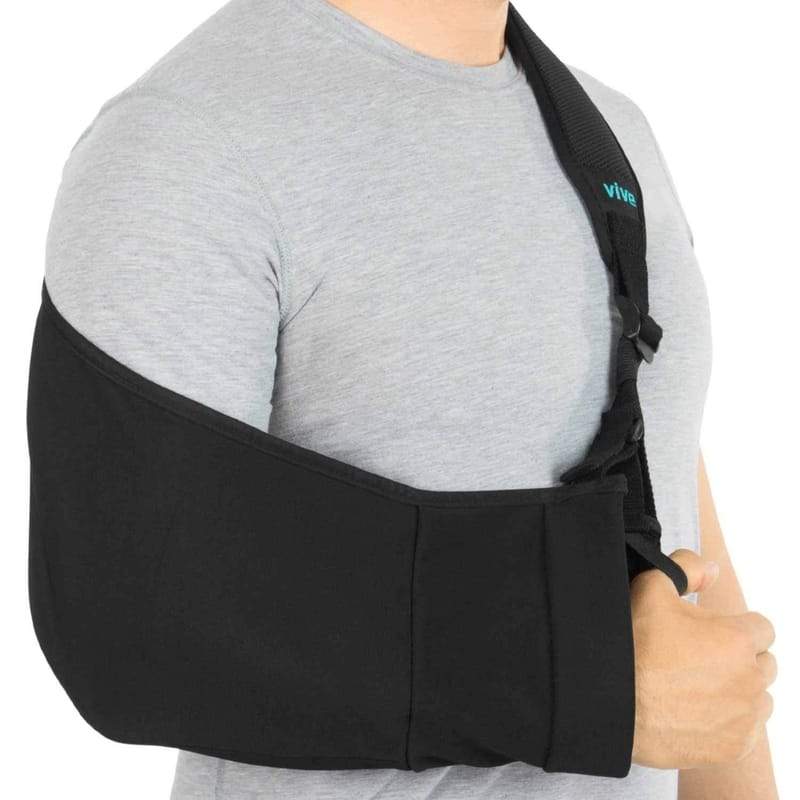
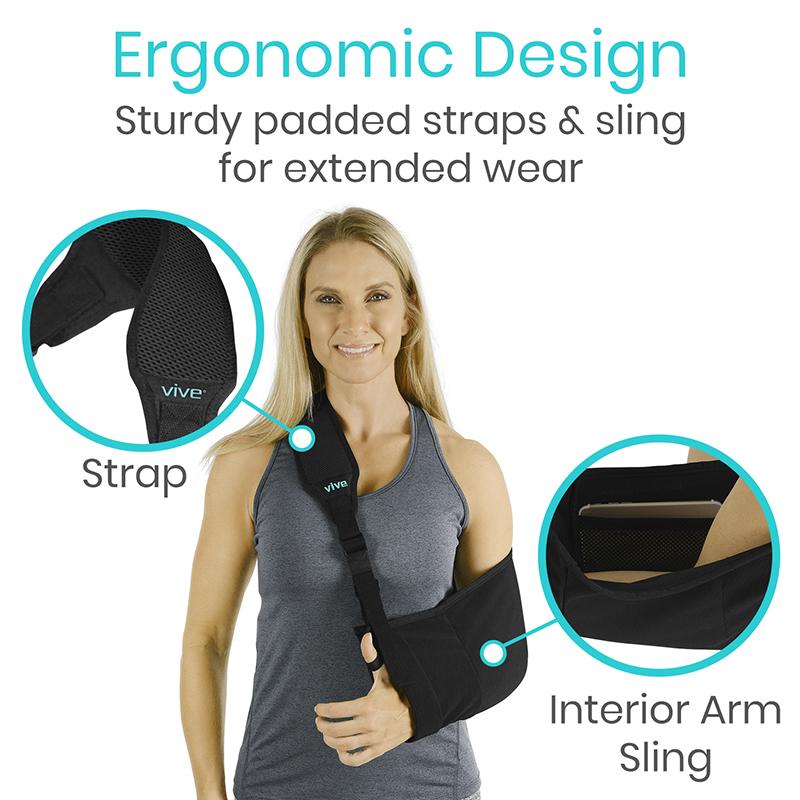
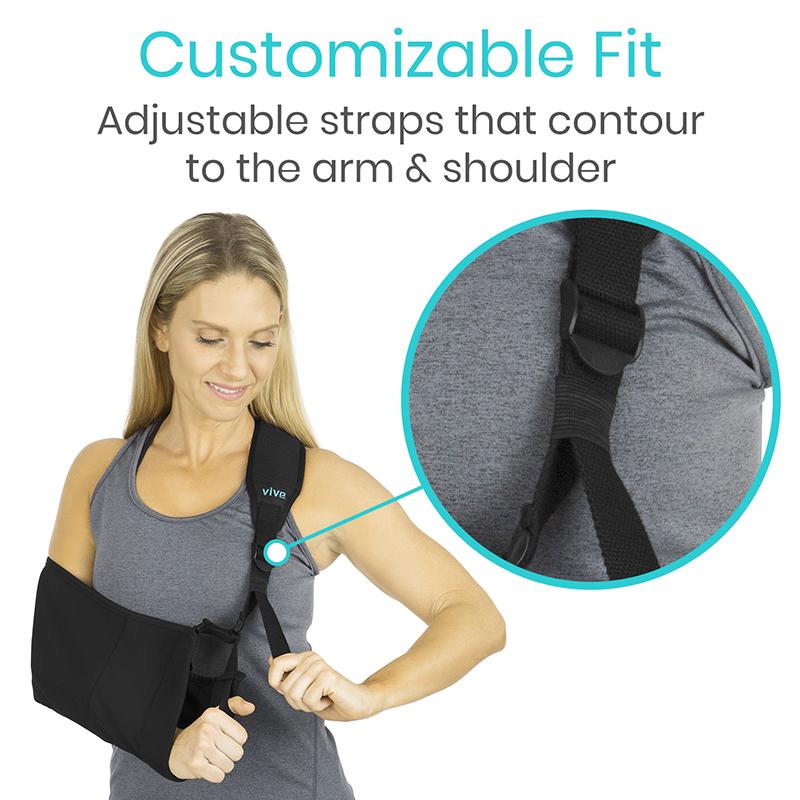
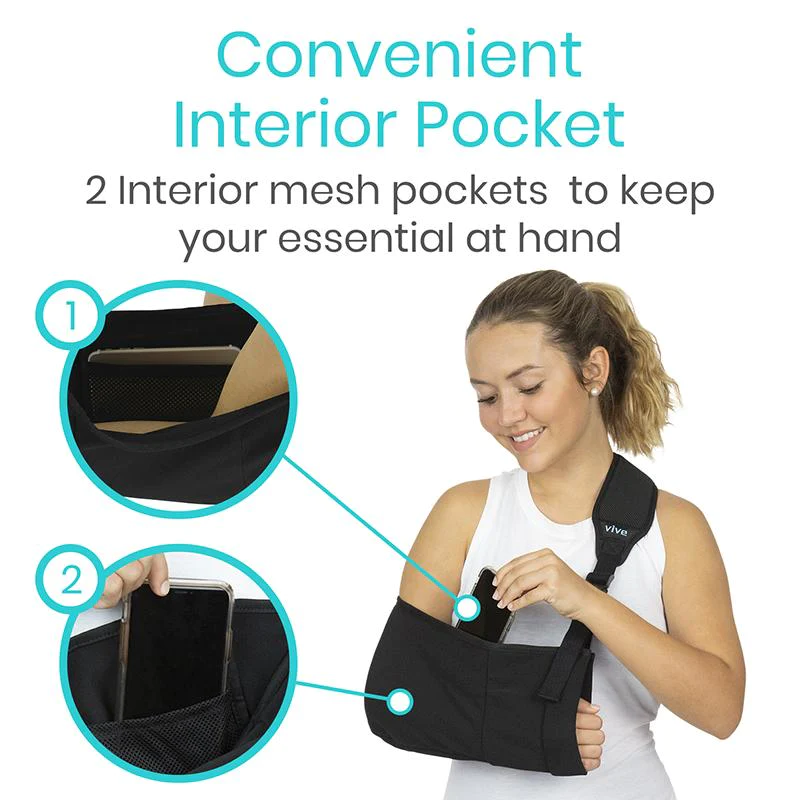

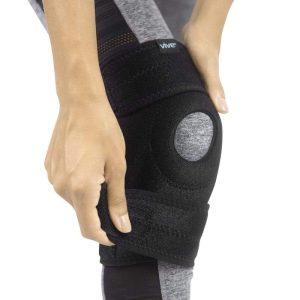
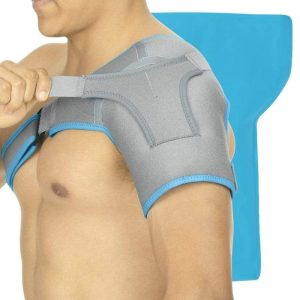
Reviews
There are no reviews yet.